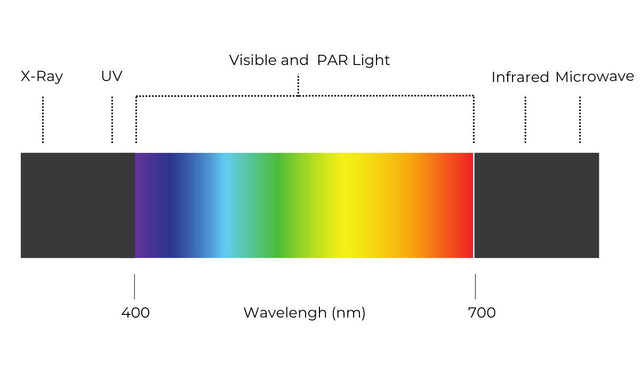Did you know that photosynthesis and respiration (where plants convert food to energy) is highly sensitive to temperature? To help you create the perfect environment, our Indoor Plant Appendix offers the ideal temperature range for the most popular indoor plants.

The Importance of Temperature
You see, for most plants, an ideal temperature range for Photosynthesis and respiration is between 15-30°C. When the temperature falls outside of this range, the rate of photosynthesis decreases, leading to stunted growth, and the rate and respiration decreases, leading to decreased energy production.
As temperatures climb, plants lose more water through their leaves due to increased transpiration. However, high temperatures can also damage plant tissues, while low temperatures can slow down cell division and growth.
Developmental Stages and Temperature
The timing of a plant's growth and development is closely tied to temperature. Changes in temperature can trigger various stages of development such as germination, flowering, and fruit development.
Therefore, striking the perfect balance in temperature is important to ensure photosynthesis flourishes. If temperatures become too high, respiration can overtake photosynthesis, causing the plant to consume energy faster than it can produce, leading to wilting or death, especially in hot climates. On the other hand, low temperatures can slow down photosynthesis and hinder plant growth and flowering. The goal is to achieve a balance where photosynthesis is happening at a faster rate than respiration.
Encouraging beautiful blooms
Timing is everything when it comes to indoor plants blooming, and temperature is a major player in the game. Many plants have evolved mechanisms to ensure that they flower at the appropriate times of the year when environmental conditions are most favourable for seed production and dispersal.
For instance, many indoor plants native to temperate regions (areas with moderate climate) and boreal regions (areas with colder and harsher climates) need a chilly wake-up call called vernalization to start blooming. This involves exposing them to cooler temperatures for a specific duration, causing a hormonal shift that gets the flowering cycle going. Without vernalization, these plants won’t bloom. On the other hand, tropical and subtropical plants rely on day length and temperature to trigger their flowering stage.
Once flowers start to emerge, temperature still has a role to play. High temperatures can speed up flower openings but also lead to premature wilting, while low temperatures can slow things down and extend the blooming period. In short, understanding the temperature's impact on your indoor plant's blooming cycle can help you create a blooming success story!
Factors Influencing Houseplant Temperature
Understanding the factors that influence the temperature around your houseplants is crucial for creating an environment where they can thrive. Several elements can affect the temperature your plants experience, from natural to artificial sources. By identifying and managing these factors, you can ensure your plants receive the optimal conditions for growth and health.
-Natural Light
The amount and intensity of natural light significantly impact the temperature around your houseplants. Sunlight can increase the ambient temperature, especially when plants are placed near windows. South-facing windows, in particular, receive the most sunlight throughout the day, which can lead to higher temperatures. Conversely, north-facing windows provide less direct light, resulting in cooler conditions. It’s essential to monitor how much light your plants are receiving and adjust their placement accordingly to prevent overheating.
-Indoor Heating and Cooling Systems
Your home's heating and cooling systems play a significant role in the temperature your plants experience. During the winter, heating systems can create warm but dry air, which might benefit some plants while harming others. On the other hand, air conditioning in the summer can lead to cooler temperatures and reduced humidity levels, potentially stressing plants that thrive in warmer, more humid conditions. Positioning plants away from direct drafts and vents can help mitigate extreme temperature fluctuations caused by these systems.
Practical guide on checking temperature
- Grab a thermometer.
- Consult our Indoor Plant Appendix to determine the ideal temperature range for your indoor plant.
- Record the thermometer's reading near the plant. If it falls within the ideal range, fantastic! If not, take action to adjust the temperature.
- Use a heating pad or move your plant to a warmer spot to increase temperature, or move your plant to a cooler spot to decrease temperature.
- Regularly monitor the temperature to ensure it remains within the ideal range. If you spot signs of plant distress, such as yellowing or wilting leaves, check the temperature right away to see if it needs adjustment.
💡 Key Takeaway: Maintaining the ideal temperature range (15-30°C) for your indoor plants is crucial for their health and growth. Optimal temperatures ensure efficient photosynthesis and respiration, preventing stunted growth and energy deficits.
Temperature balance triggers key developmental stages like germination and flowering. Regularly monitoring and adjusting temperatures helps create the perfect environment for your plants to thrive.
Find similar articles:
Plant CareMore stories

What is Photosynthetically Active Radiation (PAR)?
